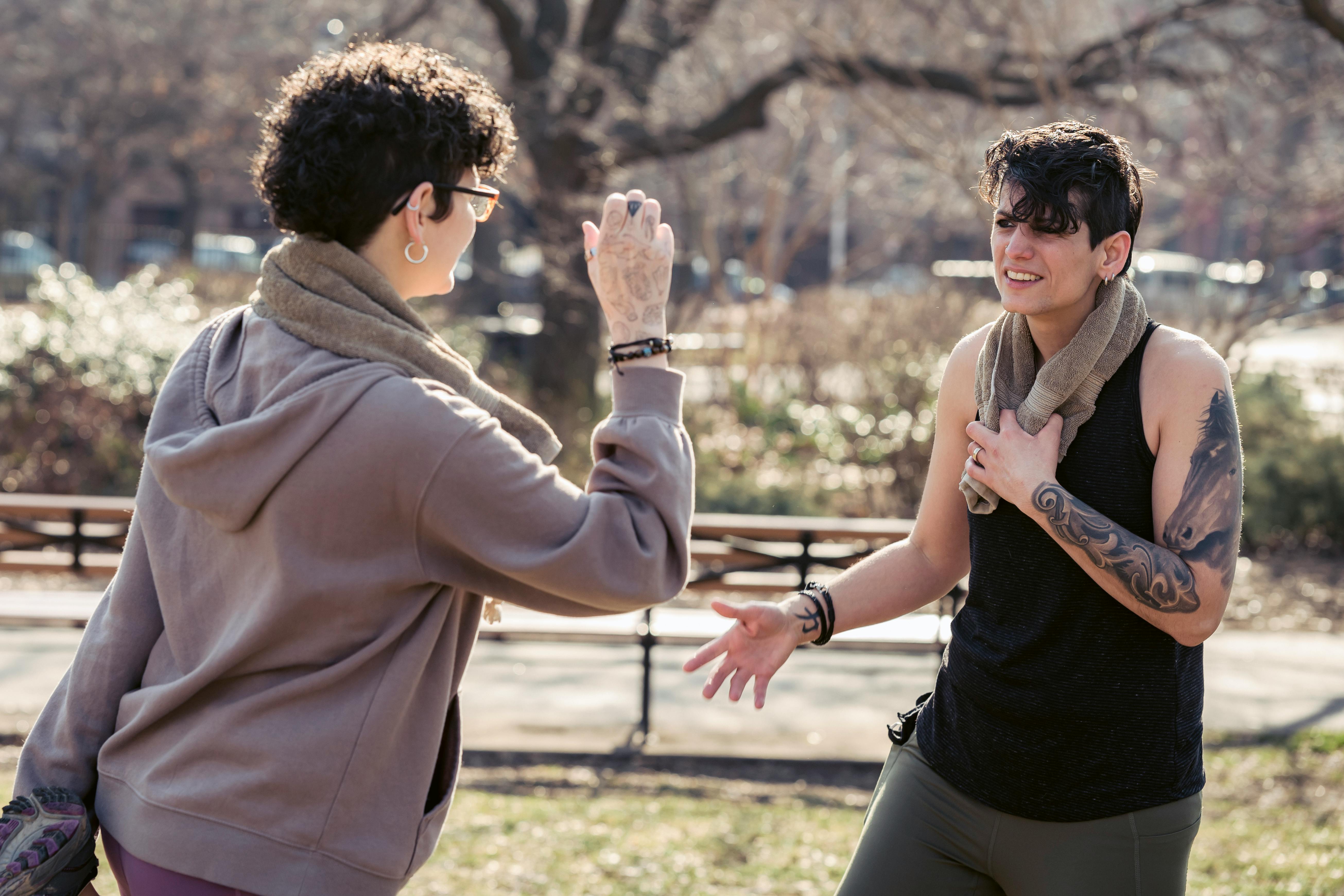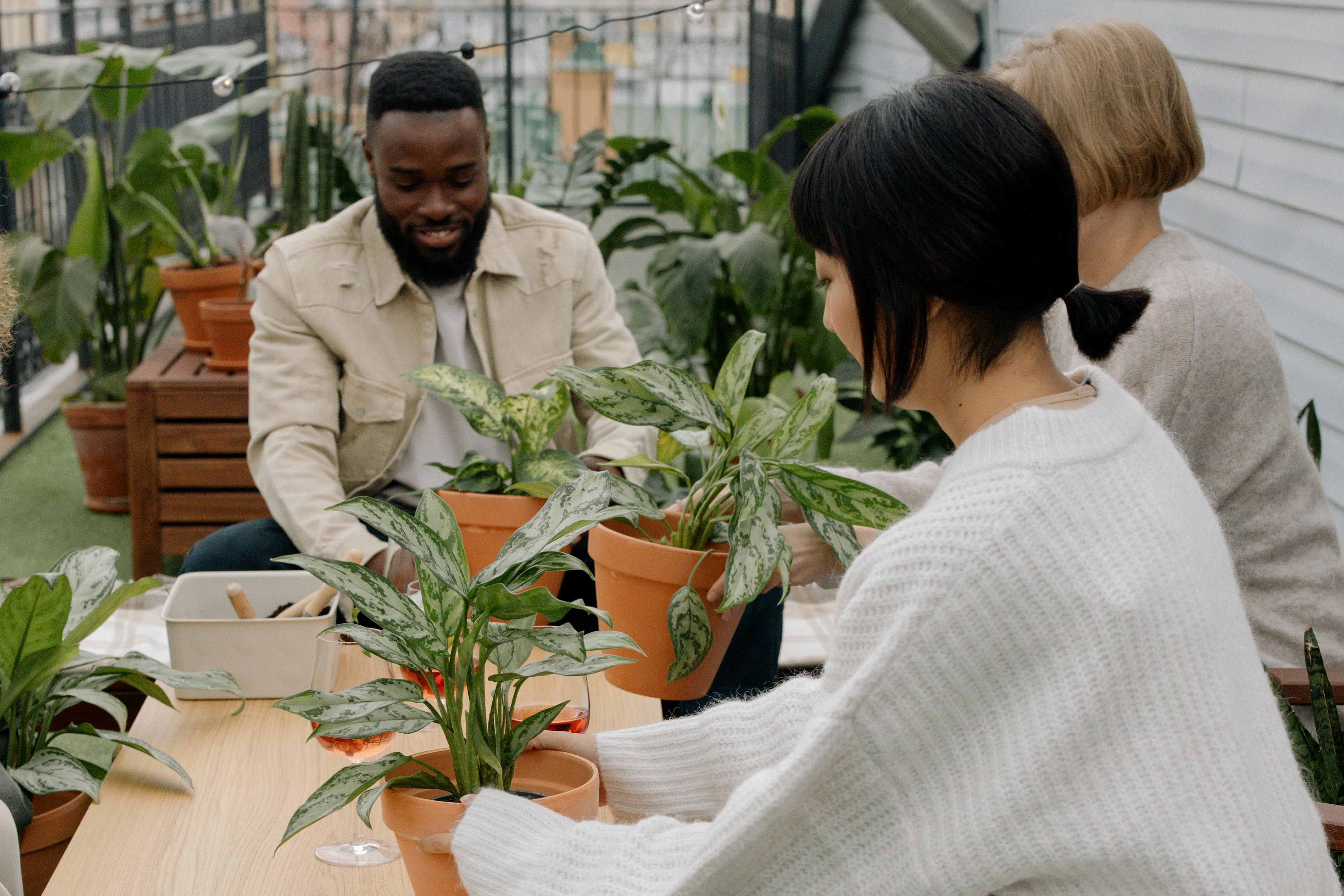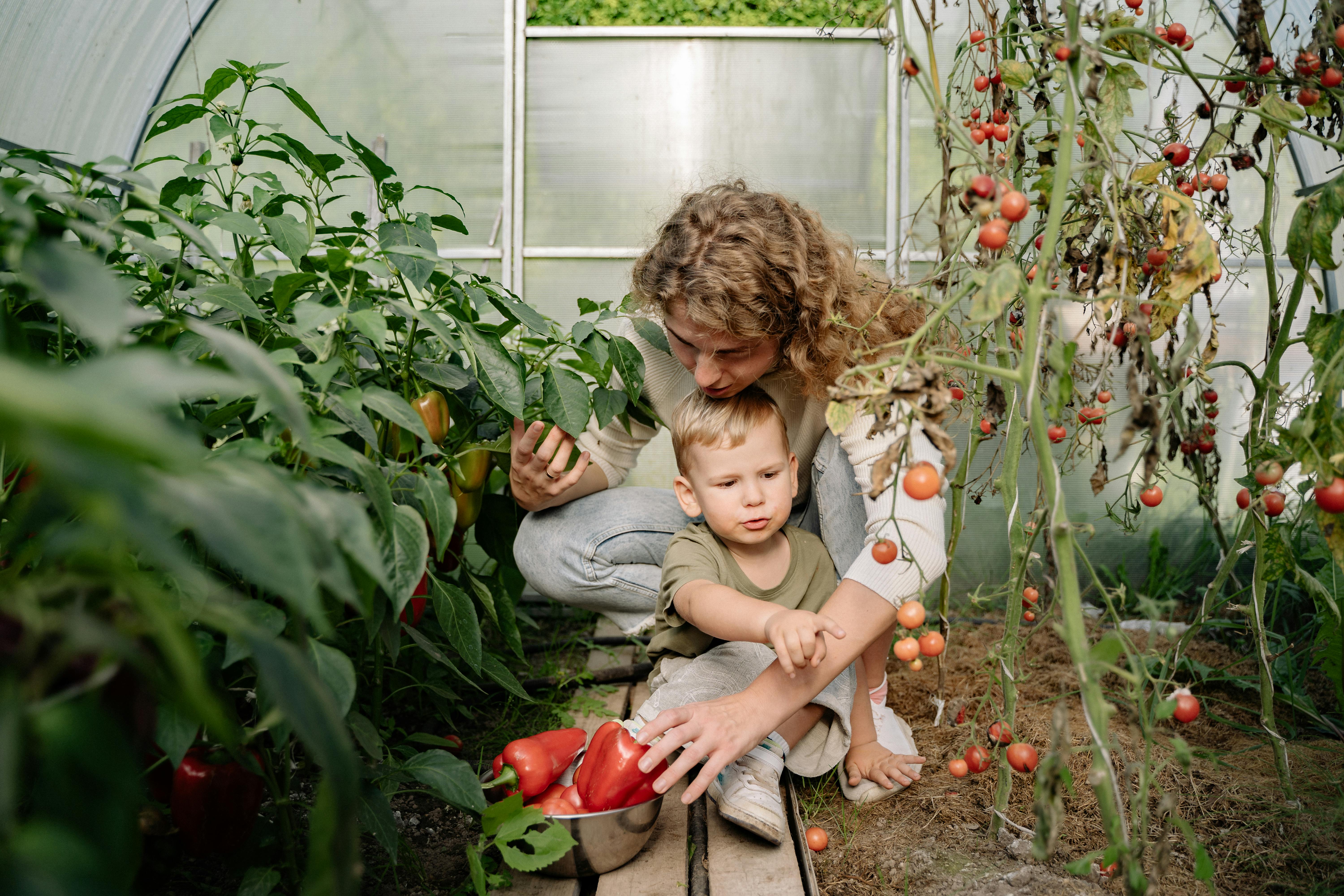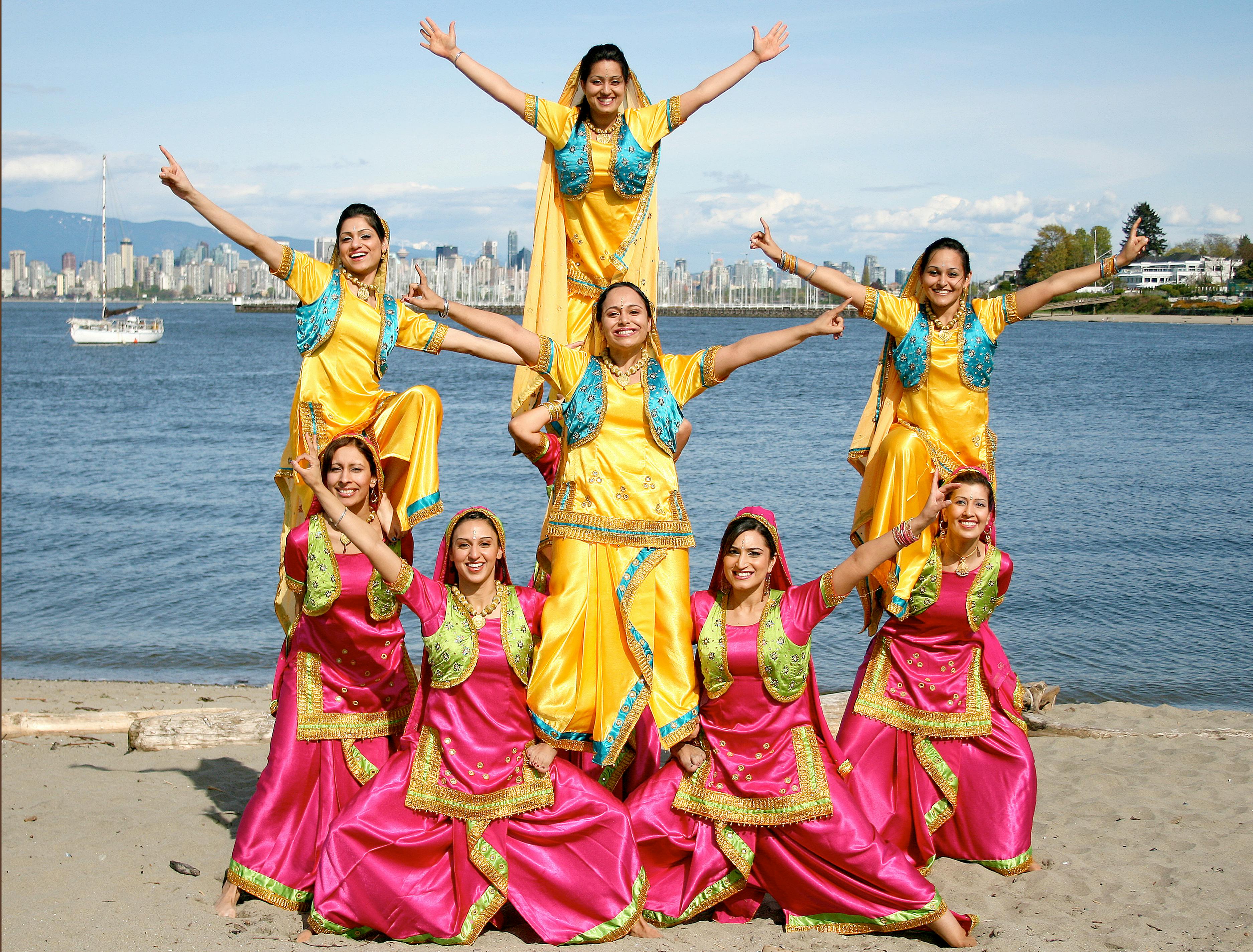
Maintain Neighbourhood Unity: Tips for a Strong Community
Keep your neighbourhood united with 4 easy tips. Strengthen community bonds through communication, local events, volunteering, and smart use of digital tools.
Neighbourhood unity is the heartbeat of a thriving community. In Australia, where diverse cultures and lifestyles blend, a strong sense of community can transform everyday living into a supportive, vibrant experience. When neighbours come together, sharing experiences and offering mutual support, the result is a safer, more resilient environment for everyone. Recent studies have shown that communities with robust neighbourhood unity experience lower rates of social isolation, improved mental well‐being, and even increased economic opportunities. In this comprehensive guide, we’ll explore four simple tips on how to maintain neighbourhood unity, drawing from expert insights, real-life examples, and practical strategies sourced from some of the top community-building blogs.
How to maintain neighbourhood unity
Learning how to maintain neighbourhood unity doesn’t require grand gestures; it’s the small, consistent efforts that make the biggest difference. In this section, we delve into four essential tips that can help you nurture a sense of togetherness in your community.
1. Foster Open Communication and a Welcoming Attitude
A fundamental aspect of neighbourhood unity is open, honest communication. Whether you’re welcoming new families to the area or simply checking in with long-time residents, fostering a friendly and inclusive atmosphere is key.
Imagine moving into a new home in an Australian suburb and being greeted by a neighbour with a home-cooked dish or a small welcome gift. This simple act of kindness sets the tone for ongoing interaction and trust. Encouraging neighbours to spend time outside—whether chatting on the porch, taking a stroll around the block at sundown, or gathering for a casual coffee—creates opportunities to connect. Local community bulletin boards, newsletters, and even neighbourhood WhatsApp groups serve as excellent channels for staying informed and building relationships.
Active listening and open dialogue are the cornerstones of effective community engagement. By ensuring everyone’s voice is heard—whether during casual conversations or structured community meetings—residents begin to feel valued. When community leaders model these behaviours, they set a precedent for inclusivity that resonates throughout the neighbourhood. This kind of open communication directly contributes to neighbourhood unity and lays the groundwork for more collaborative ventures.
2. Organise Inclusive, Local Gatherings and Meetups
Face-to-face interaction is vital in cultivating neighbourhood unity. Organising local gatherings, whether it’s a casual block party, a community barbecue, or a small meet-up at a local park, brings people together in a relaxed and friendly environment. These gatherings help break down social barriers and foster new relationships.
Consider the transformative power of a neighbourhood block party. With simple elements like food, music, and games for kids, residents can mingle in a stress-free setting. Small, intimate gatherings have a way of sparking conversations and forging lasting bonds that large events sometimes lack. Platforms such as Bunchups are already helping many Australians experience the joy of meaningful meetups. Unlike large events, Bunchups focuses on one-on-one or small group gatherings that encourage genuine interaction. Whether it’s joining a board game session, practising yoga in the park, or exploring new hobbies together, these meetups are an effective way to maintain neighbourhood unity by fostering personal connections.
One creative gathering idea is organising a clothing swap. If you’re interested in how to make this a reality, our guide on How to Organise a Clothing Swap with Bunchups will help you get started. Another creative idea is hosting a “little free library” or a community garden. These projects not only beautify the neighbourhood but also serve as focal points for residents to interact, share resources, and work towards a common goal. Such initiatives reflect the spirit of neighbourhood unity by creating spaces where everyone—young and old—feels welcome.
3. Volunteer and Collaborate on Community Projects
Volunteering is a powerful way to strengthen neighbourhood unity. When residents come together to work on community projects, they not only improve their local environment but also build lasting relationships. Whether it’s participating in a community clean-up, joining a neighbourhood watch, or helping out at a local school, volunteer efforts create a collective sense of ownership and pride.
For example, a community garden project or a neighbourhood beautification initiative can transform underused spaces into vibrant social hubs. In many Australian communities, residents have banded together to tackle local challenges—from maintaining public spaces to organising charity drives. These shared projects foster trust and collaboration, demonstrating that neighbourhood unity is built on the willingness to support one another.
Collaboration also extends to supporting local businesses. Shopping at local stores and dining at neighbourhood cafes not only boosts the local economy but also strengthens the bonds among residents. When neighbours know the local shop owners by name and actively recommend the best local spots, the entire community benefits from a renewed sense of togetherness and pride.
4. Embrace Digital Tools and Sustainable Practices for Ongoing Engagement
In today’s digital age, technology can be a powerful ally in fostering neighbourhood unity. Online community forums, social media groups, and dedicated neighbourhood apps make it easier than ever to keep residents connected. These platforms serve as extensions of face-to-face interactions, offering a space for discussions, event planning, and even conflict resolution.
Using digital tools doesn’t replace in-person meetups but rather complements them. For instance, a community website or a Facebook group can keep everyone updated on local events, share success stories, and provide a platform for feedback. Additionally, digital communication allows for quick dissemination of important information during emergencies or community-wide initiatives.
Sustainable practices also play a role in building neighbourhood unity. Initiatives like community gardens, recycling drives, and local clean-up events not only contribute to a healthier environment but also bring residents together with a shared purpose. When people work side by side to create a greener, more sustainable neighbourhood, the bonds they form are both strong and enduring.
By embracing both traditional and modern communication methods, communities can ensure that neighbourhood unity remains a priority, regardless of the challenges or changes in society.
How to create a strong sense of community
Building on the tips above, creating a strong sense of community requires more than just sporadic gatherings and one-off projects—it demands an ongoing commitment to shared values, empathy, and proactive leadership. This section delves into deeper strategies that ensure the vibrancy and longevity of community life.
Shared Values and Clear Communication
A strong sense of community begins with shared values. Whether it’s a commitment to environmental sustainability, inclusivity, or supporting local businesses, these common goals provide a foundation upon which neighbourhood unity can flourish. When residents understand and rally around shared objectives, every initiative—from improving local infrastructure to organising cultural events—becomes a collective effort.
Communication remains a critical element in this process. Regular town hall meetings, community forums, and digital updates help ensure that every member of the neighbourhood is informed and involved. In many Australian communities, local councils and neighbourhood groups have successfully utilised these methods to create open channels for dialogue, helping residents feel both heard and valued.
Embracing Empathy and Leading by Example
A vibrant community is built on empathy. When community leaders and residents alike lead by example—demonstrating kindness, understanding, and active listening—they set a standard for how neighbours interact. This empathetic approach helps resolve conflicts amicably, builds trust, and encourages cooperation.
For instance, community builders like those featured in local initiatives often highlight the importance of active listening. Taking the time to understand a neighbour’s perspective—whether in resolving a dispute or in planning a community project—can transform tension into a learning opportunity and ultimately strengthen neighbourhood unity. Leaders who model empathy inspire others to do the same, creating a ripple effect that fosters a truly inclusive community environment.
Nurturing Inclusivity and Celebrating Diversity
Inclusivity is essential to creating a strong sense of community. A truly united neighbourhood values the diverse backgrounds, cultures, and experiences of its residents. Celebrating this diversity through cultural festivals, local art exhibits, and community potlucks not only enriches the neighbourhood but also reinforces the idea that every voice matters.
Take, for example, multicultural events that showcase the unique traditions and cuisines of various cultural groups. These events can bridge gaps between different communities and create opportunities for meaningful dialogue and understanding. In doing so, they play a crucial role in promoting neighbourhood unity and ensuring that every resident feels a sense of belonging.
Empowering Residents Through Collaboration and Volunteerism
Collaboration is at the heart of community building. When residents work together on projects—whether it’s building a community garden, launching a neighbourhood watch program, or organising a charity drive—they create bonds that transcend individual differences. These collaborative efforts not only lead to tangible improvements in the local area but also foster a shared sense of purpose. Learn more about Tackling Local Issues: How Communities Can Come Together for Positive Change.
Volunteering, in particular, has a profound impact on neighbourhood unity. Studies have shown that volunteerism is associated with increased social cohesion and higher levels of community satisfaction. In many parts of Australia, residents volunteer for local organisations and events, creating a network of support that benefits everyone. This sense of collective responsibility is vital for maintaining a strong and resilient community.
Leveraging Technology for Enhanced Connection
Modern technology offers exciting opportunities to reinforce neighbourhood unity. Digital platforms enable residents to stay connected, share resources, and mobilise quickly in times of need. Social media groups, community websites, and dedicated neighbourhood apps complement traditional forms of engagement by ensuring that communication remains constant and inclusive.
For example, neighbourhood apps like Nextdoor allow residents to share news, organise meetups, and even alert one another about safety concerns. These digital tools bridge the gap between physical and virtual interactions, ensuring that a sense of community endures even in busy, modern lifestyles. By integrating these technologies, communities can create a dynamic and responsive network that reinforces neighbourhood unity around the clock.
Strategies for Sustainable Community Outreach
Long-term success in building a strong sense of community depends on sustainable outreach efforts. This involves not only initiating community projects but also continuously evaluating their impact and adapting strategies to meet evolving needs. Regular feedback sessions, community surveys, and open forums help ensure that initiatives remain relevant and effective.
Local leaders in Australia have found that programmes that encourage ongoing participation—such as weekly community meetups, monthly town halls, and volunteer recognition events—are particularly successful. These initiatives not only foster neighbourhood unity but also build a resilient framework for future community development. When residents feel that their contributions are valued and that they have a stake in the community’s future, they are more likely to engage actively and sustain a strong sense of belonging.
Bringing It All Together for Lasting Neighbourhood Unity
In essence, maintaining neighbourhood unity and creating a strong sense of community are intertwined goals that require a blend of open communication, inclusive gatherings, volunteerism, and modern technology. Whether you’re welcoming new families, organising a local block party, volunteering on community projects, or simply chatting with neighbours over a cup of tea, every small effort contributes to a larger tapestry of unity.
Real-life examples from Australian suburbs illustrate that even modest initiatives can have profound impacts. From the community gardens that transform vacant lots into lush, shared spaces to neighbourhood watch programmes that not only enhance safety but also foster trust, the evidence is clear: neighbourhood unity is a powerful force for positive change.
Grassroots movements and local outreach programmes have shown that when residents come together, they can tackle major challenges—from improving local infrastructure to addressing social issues like loneliness and isolation. The collaborative spirit seen in many successful neighbourhoods underscores a simple truth: every individual has something valuable to offer. By embracing shared values, active communication, and empathetic leadership, communities can create an environment where everyone feels welcome and empowered.
For those looking for practical tools to foster neighbourhood unity, online platforms such as Bunchups offer a unique approach to organising small, meaningful gatherings. Whether you’re interested in board games, yoga sessions, or exploring local hidden gems, Bunchups connects you with like-minded individuals for intimate meetups—helping to combat loneliness and build a robust network of neighbourhood unity. Best of all, it’s completely free to use!
Additionally, if you’re keen to explore more resources tailored to Australians seeking to improve community cohesion, check out the Australian Government’s resource page. It offers practical guides, case studies, and advice on building and maintaining strong local communities.
Conclusion
Neighbourhood unity is not just an abstract concept—it is a tangible, life-enhancing force that makes our communities safer, more resilient, and more enjoyable places to live. By understanding how to maintain neighbourhood unity through open communication, inclusive gatherings, volunteer initiatives, and digital engagement, we empower ourselves and our neighbours to create a vibrant, supportive environment.
Similarly, knowing how to create a strong sense of community goes beyond occasional meetups; it requires an ongoing commitment to shared values, empathy, and collaborative action. When each individual plays their part—whether by welcoming a new family, supporting local businesses, or contributing to community projects—the cumulative effect is a stronger, more connected neighbourhood.
In Australia, where community spirit runs deep, every small act of kindness, every block party, and every community garden planted contributes to the overall fabric of neighbourhood unity. So take that first step today—reach out to a neighbour, join a local meetup, or volunteer for a community project. Together, we can turn everyday interactions into lasting bonds and ensure that our communities remain a source of pride and joy for generations to come.
Remember, building and sustaining neighbourhood unity is a journey that benefits us all. With dedication, creativity, and a willingness to collaborate, we can overcome challenges and build a community that truly feels like home. Let’s work together to ensure that every corner of our neighbourhood shines with the spirit of unity and togetherness.





























.jpg)













.jpg)










































